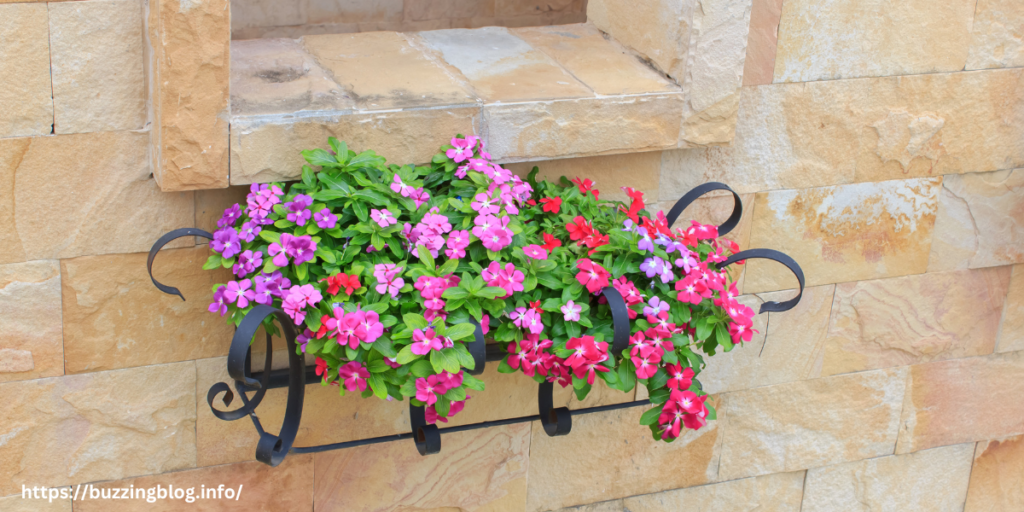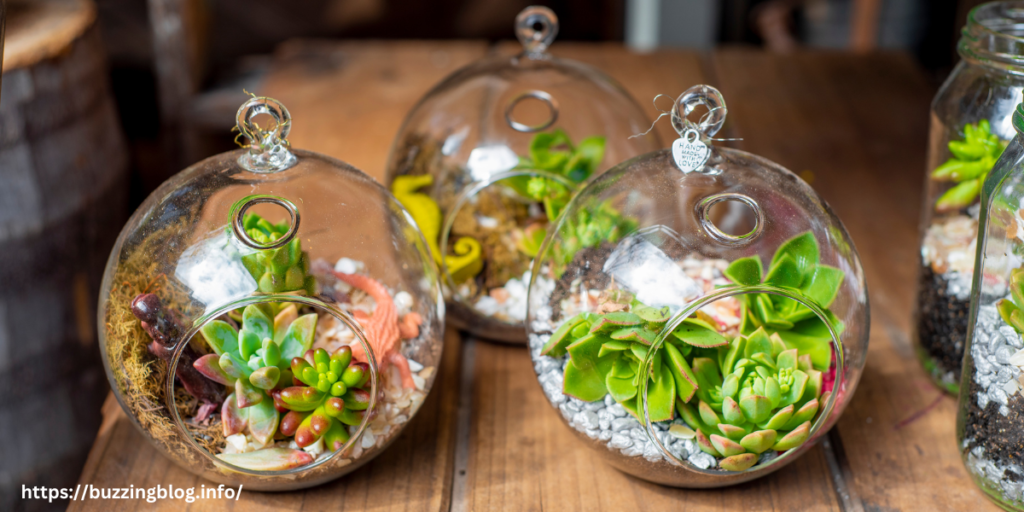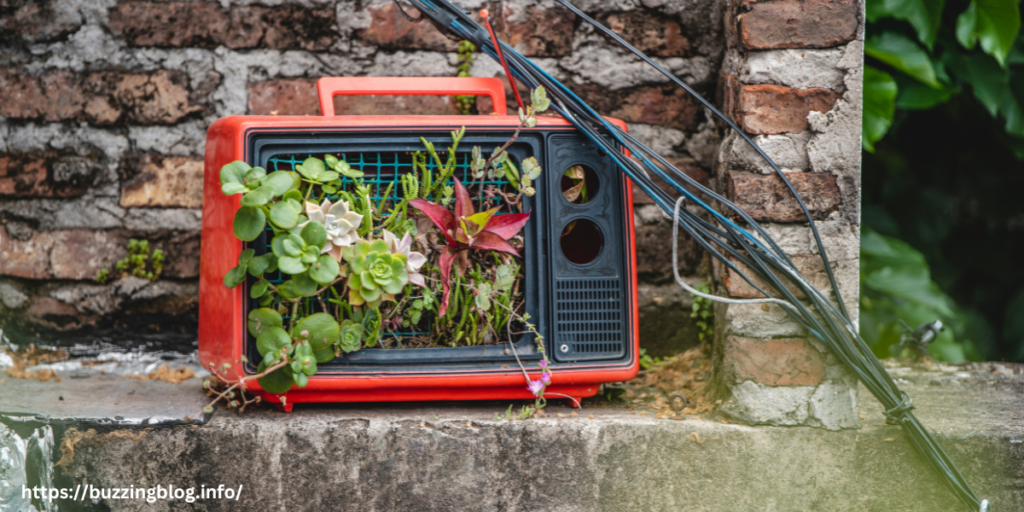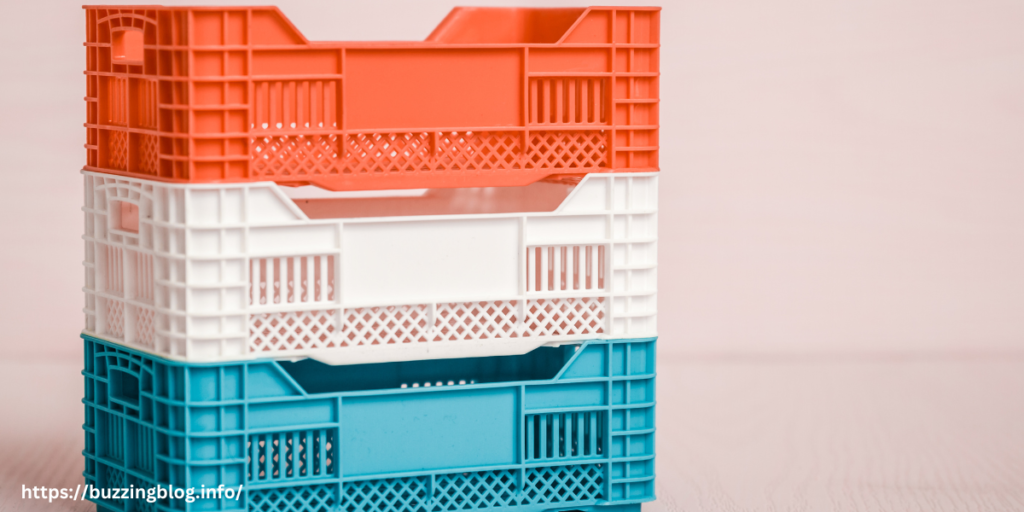Indoor Planter Box Ideas: Transform Your Space with Greenery
As urban living becomes increasingly popular, many individuals are turning to Indoor Planter Box Ideas to bring a touch of nature into their homes. The hustle and bustle of city life can often leave our living spaces feeling sterile and uninspiring, leading to a growing desire for greenery that fosters well-being and creativity. Indoor planter boxes provide a practical and aesthetically pleasing solution for cultivating plants, regardless of available space. Whether you’re a seasoned gardener or a beginner looking to add some green to your environment, these indoor planter box ideas offer flexibility and a chance to express your style.
In fact, they can even complement garden planter boxes used in outdoor spaces, creating a cohesive green theme throughout your home. Indoor planter boxes can transform even the smallest corner of your home into a lush oasis, improving air quality and creating a sense of calm. This article explores ten detailed indoor planter box ideas, highlighting their benefits, common challenges, and effective solutions, helping you to cultivate your own indoor garden effortlessly.
Benefits of Indoor Planter Boxes
- Space Optimization:
Indoor planter boxes are perfect for maximizing space in small apartments or homes. They can fit on windowsills, countertops, or be hung from walls and ceilings, allowing you to utilize vertical space effectively. - Improved Air Quality:
Plants improve indoor air quality by filtering toxins and producing oxygen. Incorporating indoor planter boxes into your home can create a healthier living environment. - Aesthetic Appeal:
Planter boxes add visual interest and warmth to your interior decor. They can be tailored to fit any style, whether it be modern, rustic, or minimalist, enhancing the overall look of your home. - Control Over Growing Conditions:
Planter boxes offer better control over soil quality, drainage, and light exposure, allowing you to create optimal conditions for your plants to thrive. - Easy Maintenance:
Indoor planter boxes often require less maintenance compared to traditional gardening methods. With proper care and the right choice of plants, they can flourish indoors with minimal effort.
10 Indoor Planter Box Ideas
1. Wall-Mounted Planter Boxes
Description:
Wall-mounted planter boxes allow you to transform a plain wall into a lush vertical garden. These planters can be arranged in various patterns, such as grids or cascading designs, to create a stunning visual effect. Choose from a variety of materials, including wood, metal, or even acrylic, and customize them with your favorite plants, like ferns, succulents, or flowering vines. This type of planter not only adds greenery but also serves as a functional art piece, making your space feel more inviting and lively.

Benefits:
- Space-saving: Ideal for limited areas, they free up floor space while allowing for creativity in design.
- Visual Appeal: They create an eye-catching focal point that draws attention and enhances the room’s ambiance.
Common Problem:
Limited access to water for the plants.
Solution:
Use self-watering planters or install a drip irrigation system to ensure consistent moisture without the need for frequent watering.
2. Tiered Planter Boxes

Description:
Tiered planter boxes are designed with multiple levels, making them perfect for showcasing a variety of plants in a compact area. They can be crafted from wood or metal, and the tiers can be staggered or aligned, depending on your aesthetic preference. This design not only provides visual interest but also allows you to group plants according to their light and water needs. For example, taller plants can go on the top tier, while trailing plants can drape beautifully over the sides, creating a cascading effect.
Benefits:
- Dynamic Display: Creates an attractive visual effect, ideal for showcasing various plant heights.
- Efficient Use of Space: Allows you to grow more plants in a smaller footprint.
Common Problem:
Overcrowding of plants can hinder growth.
Solution:
Select plants with different growth habits and ensure adequate spacing to promote healthy growth and air circulation.
3. Rustic Wooden Planter Boxes
Description:
Wooden planter boxes bring a warm, rustic aesthetic to any indoor space. They can be made from reclaimed wood or purchased pre-made, giving them a unique character and charm. The natural grain of the wood complements various decor styles, from farmhouse to modern minimalist. You can customize the size and shape to fit your space, and even stain or paint the wood to match your decor. Plant hardy indoor plants like snake plants, peace lilies, or herbs for a beautiful and functional display.

Benefits:
- Natural Beauty: Adds character and charm to your home, fitting perfectly into a farmhouse or country decor style.
- Customizable: Can be crafted in various shapes and sizes to suit specific needs.
Common Problem:
Wood may rot due to excessive moisture exposure.
Solution:
Line the interior with a plastic liner or use treated wood to protect against water damage and extend the life of the planter.
4. Hanging Planter Boxes
Description:
Hanging planter boxes create a stunning vertical garden while conserving floor space. They can be suspended from ceilings, walls, or window frames, allowing for trailing plants like pothos, string of pearls, or ivy to cascade down beautifully. You can use macramé hangers for a bohemian touch or sleek metal brackets for a modern look. This idea not only saves space but also draws the eye upward, making your room feel taller and more open.

Benefits:
- Dynamic Focal Points: Adds layers and dimensions to your decor, making your space feel more vibrant and alive.
- Utilization of Vertical Space: Perfect for those with limited horizontal space.
Common Problem:
Limited sunlight exposure for high-hanging plants.
Solution:
Use grow lights or choose low-light plants that can thrive in less sunlight, ensuring healthy growth even in shaded areas.
5. Glass Terrariums
Description:
Glass terrariums allow you to create miniature ecosystems indoors. These transparent containers can house various plants, from succulents and air plants to ferns and mosses. You can design the terrarium with layers, using rocks, charcoal, soil, and plants to create a visually appealing landscape. Terrariums can be displayed on tables, shelves, or even hung, making them a versatile decorative element. Additionally, they can serve as educational tools for children, teaching them about plant care and ecosystems.

Benefits:
- Unique Design Element: Provides a visually striking and artistic way to display plants.
- Protection from Elements: The enclosed environment protects plants from pests and environmental factors.
Common Problem:
Overwatering can lead to mold and fungal growth inside the terrarium.
Solution:
Ensure proper drainage by using gravel or stones at the bottom, and avoid excessive watering by checking soil moisture before adding water.
6. Repurposed Items as Planter Boxes
Description:
Repurposing everyday items as planter boxes can add an eclectic touch to your indoor garden. Consider using old crates, tin cans, wooden pallets, or even old shoes to create quirky and unique planters. This not only adds character to your space but also showcases your creativity and personal style. Decorate the planters with paint, fabric, or twine to enhance their appearance, and plant a variety of flowers or herbs to complete the look.

Benefits:
- Eco-Friendly and Cost-Effective: This approach saves money and reduces waste by giving new life to unwanted items.
- Personalized Decor: Offers a chance to showcase your creativity and style.
Common Problem:
Some repurposed items may lack drainage holes.
Solution:
Drill holes in the bottom of containers for drainage, or add a layer of rocks or pebbles to facilitate proper water flow.
7. Indoor Herb Garden Planter Box
Description:
Dedicate a planter box to herbs on your kitchen counter or windowsill. This not only provides fresh herbs for cooking but also beautifies your kitchen with greenery. You can use a long, narrow planter box to house several types of herbs, such as basil, thyme, parsley, and cilantro. Consider using an attractive container that matches your kitchen decor, and arrange the herbs by height or growth habits for an organized look.

Benefits:
- Convenient Access to Fresh Herbs: Having herbs on hand enhances cooking experiences and encourages healthy eating.
- Improves Kitchen Aesthetics: Adds a touch of nature and freshness to your cooking space.
Common Problem:
Herbs may struggle with insufficient light.
Solution:
Position the planter box in a sunny spot, such as a south-facing window, or use grow lights to ensure your herbs receive adequate light for growth.
8. Multi-Purpose Planter Boxes
Description:
Design multi-purpose planter boxes that serve various functions, such as a side table or storage unit. Choose sturdy materials, such as wood or metal, that can withstand the weight of plants while providing additional space for items. For instance, a planter box with an open shelf underneath can hold books or decorative items, while the top serves as a plant display. This dual functionality maximizes the use of your space while adding greenery to your decor.

Benefits:
- Maximized Functionality: Offers utility in small spaces, allowing you to combine decor and gardening.
- Stylish and Practical: Provides a unique design element that enhances your living space.
Common Problem:
Weight of the plants may make the box unstable.
Solution:
Ensure the planter box is built to support the weight of plants and evenly distribute the load, preventing tipping or collapse.
9. Colorful Plastic Planter Boxes
Description:
Colorful plastic planter boxes are lightweight and come in a variety of bright colors, perfect for adding vibrancy to any room. They are ideal for children’s spaces, play areas, or any room that could use a splash of color. These planters are often durable and weather-resistant, making them easy to maintain. You can mix and match colors to create a playful atmosphere, using them to plant cheerful flowers or easy-care houseplants like spider plants or ferns.

Benefits:
- Affordability and Variety: Available in numerous designs, making them easy to find and replace.
- Easy to Move: Their lightweight nature allows for effortless rearrangement of your indoor garden.
Common Problem:
Plastic may not provide adequate drainage.
Solution:
Choose planters with built-in drainage holes or drill your own to ensure proper drainage, preventing waterlogged soil.
10. Built-In Planter Boxes
Description:
Consider incorporating built-in planter boxes into existing furniture, such as coffee tables, bookshelves, or even window seats. This seamless blend of plants and furniture creates a unique design element that enhances the overall aesthetics of your space. For example, a coffee table with a central planter can become a focal point in your living room, inviting conversation while providing a natural touch. Ensure that the materials used are waterproof to protect the furniture from moisture.

Benefits:
- Space Efficiency: Maximizes functionality and aesthetics by integrating plants into furniture.
- Distinctive Design: Creates a personalized touch to your home decor.
Common Problem:
Water may damage the furniture underneath.
Solution:
Line the planter box with a waterproof material and ensure it has proper drainage to avoid leaks and damage to the furniture.
Conclusion
Indoor planter boxes are a fantastic way to integrate greenery into your home while enhancing your decor. With these ten creative indoor planter box ideas, you can cultivate a vibrant indoor garden tailored to your space and style. From wall-mounted options to multi-purpose designs, the possibilities are endless. Embrace your love for gardening and transform your living space with the beauty of indoor plants.
FAQs about Indoor Planter Box Ideas
1. What types of plants are best for indoor planter boxes?
Popular options include low-maintenance plants like snake plants, pothos, and peace lilies. For herb gardens, consider basil, thyme, and mint. Select plants based on light availability and care requirements.
2. How do I care for plants in indoor planter boxes?
Ensure that your plants receive the right amount of light, water, and nutrients. Regularly check the soil for moisture, and adjust your watering schedule according to the plant type and environmental conditions.
3. Can I use outdoor planter boxes indoors?
Yes, outdoor planter boxes can be used indoors, but make sure they are clean and free of pests. Ensure they have proper drainage and choose materials that complement your indoor decor.
4. How do I arrange multiple planter boxes indoors?
Vary heights, shapes, and colors when arranging multiple planter boxes for visual interest. Group them together in designated areas, such as corners or along windowsills, to create a cohesive indoor garden display.
5. Can I grow vegetables in indoor planter boxes?
Absolutely! Many vegetables, including lettuce, radishes, and small peppers, can thrive in indoor planter boxes. Choose compact varieties and ensure they receive adequate light and nutrients for optimal growth.












Post Comment